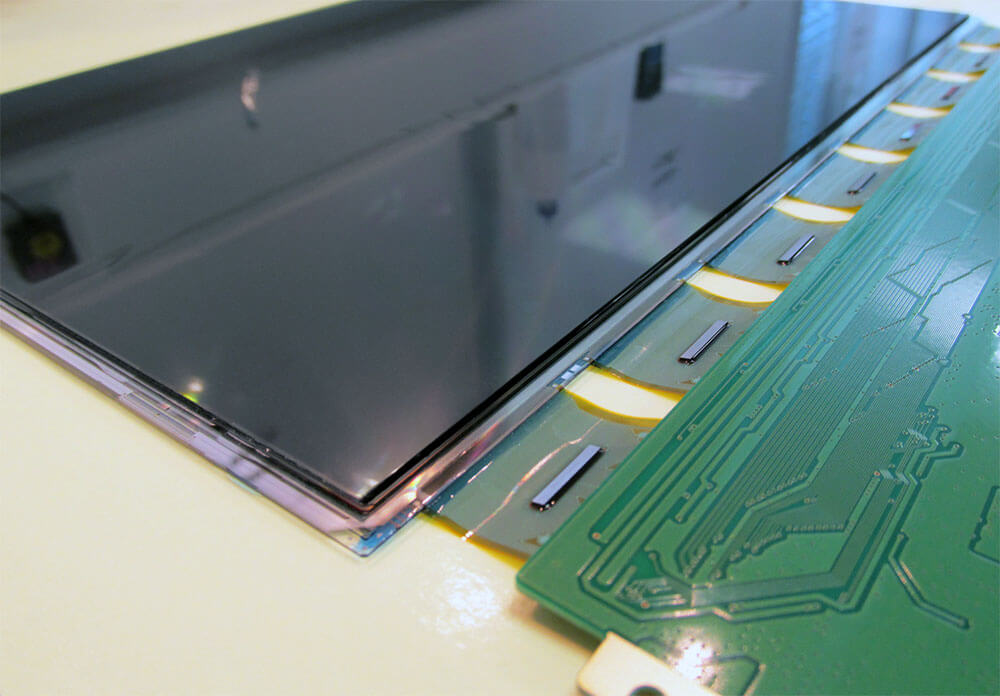ATEX Bonding
Optical bonding for better explosion protection

VacuBond® is the innovative way to prepare for the highest ATEX certifications for applications in potentially explosive atmospheres.
In chemical plants, oil and gas production, mining, the food industry and many other industries, flammable gases, vapours or dusts are generated during the production or storage of materials. These can combine with atmospheric oxygen to form an explosive mixture. If this mixture ignites, it leads to explosions that can cause serious injuries and damage.
![[Translate to English:] Sekundärer Explosionsschutz [Translate to English:] Sekundärer Explosionsschutz](/fileadmin/images/produkte/Optical_Bonding/Explosion1.jpg)
Secondary explosion protection
The problem:
Often the formation of explosive atmospheres cannot be completely avoided, so measures must be taken to prevent ignition. Equipment and devices used must therefore not be a potential source of ignition and must meet the technical requirements of the ATEX Product Directive 2014/34/EU. This includes, for example, that the ingress of explosive atmospheres into equipment must be prevented.
The solution:
With our VacuBond optical bonding process, we are able to fill free air spaces inside TFT displays (free air exclusion / void bonding). This prevents explosive atmospheres from spreading inside the display.
![[Translate to English:] Tertiärer Explosionsschutz [Translate to English:] Tertiärer Explosionsschutz](/fileadmin/images/produkte/Optical_Bonding/Explosion2.jpg)
Tertiary explosion protection
The problem:
If the occurrence of a hazardous explosive atmosphere cannot be avoided and ignition cannot be prevented, measures must be taken to minimise the harmful effects of an explosion, for example by flameproof construction of the equipment used
The solution:
Filling free air spaces inside the display (see secondary explosion protection) already increases the robustness of the construction. In addition, however, we also offer a wide range of safety glasses in various thicknesses, which we can bond onto the display. This creates a pressure- and shock-resistant visualisation unit that perfectly supports you in complying with the ATEX requirements for your device.
How does our VacuBond® explosion protection bonding work in a display?
VacuBond® eliminates free air spaces within the display that lead to restrictions in the explosion protection certification. This process is also called free air exclusion bonding or void exclusion bonding and works as follows:

- We dismantle the TFT display completely down to the TFT cell
- We measure all free air spaces within the mechanical structure
- Depending on the possible depth, we apply either 0.5mm, 1mm, 1.5mm or 1.8 mm OPTα-GEL® to the entire back of the TFT cell
- We fill the recesses in the rear display cover with precisely cut OPTα-GEL®.
- We fill all recesses and the honeycomb structure of the display frame with silicone
We then completely reassemble the TFT display and optionally bond an additional touch screen or protective glass onto the display surface.
Find out more about our VacuBond optical bonding process and its advantages here. We will be happy to advise you!